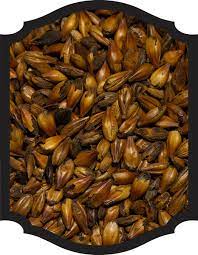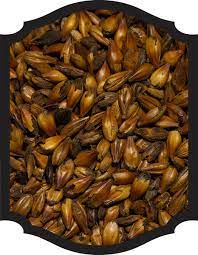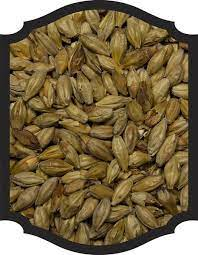Rice Hulls – OiO 1LB BSG
$ 2,49 $ 1,49
Rice hulls are the outer, protective coverings of rice grains. They are an inert ingredient, meaning they don’t contribute flavor, color, or aroma to the beer, but they play a crucial role in the brewing process, especially when brewing with a high percentage of adjunct grains or grains that lack husks, such as wheat or oats.
The primary purpose of using rice hulls in brewing is to prevent a stuck sparge. A sparge is the process of rinsing the grain bed to extract as much sugar as possible from the malted grains. Sometimes, due to the gelatinous nature of some grains, the grain bed can become compacted, and the flow of water through the bed can be restricted, leading to a stuck sparge. This is particularly common in beers with a high proportion of wheat, oats, rye, or other adjuncts.
Rice hulls help in the following ways:
-
Preventing Stuck Sparge: By mixing rice hulls into the grain bed, brewers can ensure a smoother flow of water through the mash, preventing the grain bed from compacting and thus avoiding a stuck sparge.
-
Filter Aid: Rice hulls act as a natural filter aid, helping to clarify the wort as it passes through the grain bed.
-
Efficiency Improvement: The use of rice hulls can also aid in improving lautering efficiency by facilitating better drainage and reducing the risk of channeling within the grain bed.
Professionally packed and fast shipping
Through our long-term relationship with UPS, FedEx, DHL and a variety of other leading global carriers, we are able to offer various shipping options. Our warehouse staff is highly trained to pack your goods exactly according to the specifications we offer. Your goods are thoroughly checked and properly secured before shipping. We ship to thousands clients every day in a variety of countries. This is a sign of our determination to become the largest online retailer worldwide. We have distribution centers as well as warehouses located in Europe and in the USA.
Note that orders containing more than one item will be subject to a processing period that is based to the specific item.
Before shipment, all ordered items will be thoroughly inspected. The majority of orders will be sent within 48 hours. The delivery time is between 3 and 7 working days.
Returns
The stock is constantly changing and is not completely managed by us because of the involvement of many entities, including the factory as well as our warehouse. Stocks can be changed at any time. It is possible that the stock may run out after the order has been made.
Our policy is valid for a period of 30 days. If it's been more than 30 days since the date you bought the item, we unfortunately can't give you a complete refund or exchange.
In order for your item to be returned, it must be unopened and in the same state as you received it. It should also be returned in its original packaging.
Related products
Grain



































